Do you regularly receive calls from suspicious numbers, and their frequency is so high that you decide you need to change your phone number? But wait – why should you take that step when your friends, colleagues, and family all have your number? Changing it means you risk losing touch with people who need to reach you!
Instead of running away from the problem, you can face it head-on with the right tools. You don’t have to change your number! But how to find out who a phone number belongs to? You can easily uncover who’s behind those mysterious calls with a reverse phone lookup. Wondering how to do a reverse phone number lookup? It’s simpler than you think! In this review, we’ll break it down and show you how these advanced tools can help you track down the identity of unknown callers.
What Is Reverse Phone Lookup?
Using a reverse phone lookup service can be useful if you frequently receive calls from unknown numbers. Well, but what exactly is a reverse phone lookup? It is a tool that allows users to enter a phone number and find the name behind it. It can be compared with a traditional physical address book, where you search for a person’s phone number. Once you find one, you will get a caller’s name and home address – hence the name!
How does the tool retrieve the data? How to reverse lookup a phone number? The tool gathers data from open sources like social media and messaging apps. Some reverse phone lookups also check the number against private databases with financial or transaction records. It helps find useful details quickly.
How Reverse Phone Lookup Services Work?
Today, many social media platforms and messaging apps ask users to provide their phone numbers. Because of this, some phone numbers become publicly available online. A reverse phone lookup tool searches for these numbers across different sources and shows any related information. It can include names, social media profiles, and other public details linked to the number.
So, how to do a reverse phone number lookup? There are different ways to perform a reverse phone lookup. Some people do it manually by searching for a number online, while others use automated tools that scan large databases. Advanced lookup tools use API calls to find and display results quickly.
If a reverse phone lookup is successful, it gathers and displays all the available data linked to a phone number. Some tools even allow users to upload multiple numbers simultaneously, saving time compared to searching one by one.
Necessary to note that many factors influence the efficacy of the tool.
- Public records: If the phone number appears in many places online, the tool is more likely to find useful information.
- Tool capabilities: Some tools can access more databases than others, making them more effective.
- Data sources: Many lookup tools use publicly available information, but some also access private databases that may contain financial or transaction details.
Where Does Phone Number Information Come From?
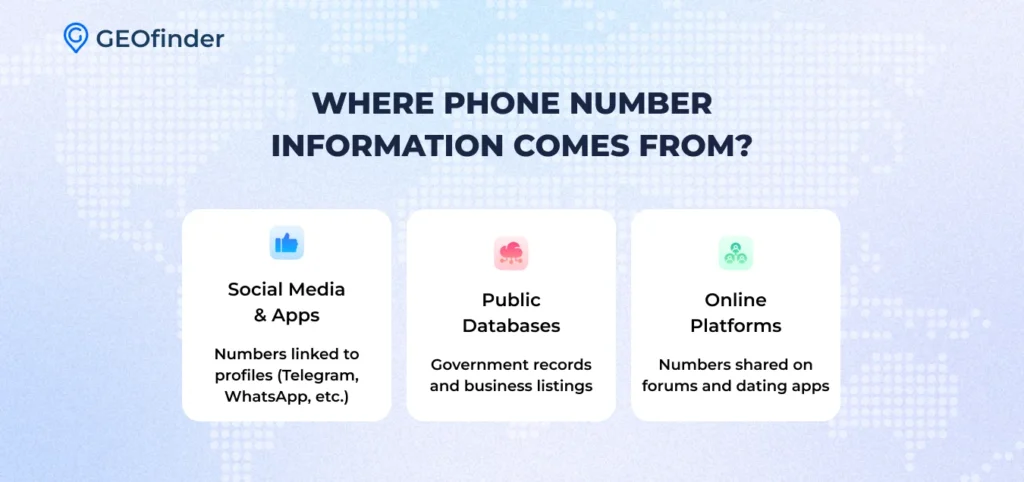
When you enter your phone number on social media, messaging apps, or other online platforms, it often becomes part of publicly available data. Reverse phone lookup tools use this information to find details linked to a phone number you are interested in. Where does the data come from? Reverse phone lookup tools gather information from multiple sources, including:
- Social media and IM apps: If a number is linked to a social media or IM app profile (Telegram, Skype, WhatsApp, etc.), it may appear in search results.
- Public databases: Government records, business directories, and public listings may include phone numbers.
- Online forums and dating apps: People often share their private phone numbers on different forums or dating apps to make them publicly available to everyone.
Lookup tools can cross-check and compile a profile when a phone number appears in multiple sources. It might include:
- The owner’s name
- Social media accounts
- Job details
- Home address
- Financial or transactional data (if sourced legally)
The more times a phone number appears online, the easier it is to find details about it. However, results may be limited if a number isn’t publicly listed.
Free or Paid Reverse Phone Number Lookups?
You’ll find free and paid reverse phone lookup services when searching for information about an unknown phone number. While free tools offer basic details, paid services provide deeper information about the target cell phone number.
What info is available when using a free phone number lookup?
- Limited information about the target phone number (show only the carrier of the number or general location data)
- Inaccurate home address info
- Many free tools limit searches or require sign-ups
What info is available when using a paid tool?
- Provides data about the owner’s name, social profiles, and business links.
- Allows searching multiple numbers at once.
- Provide accurate and in-depth home address info.
How to Use a Reverse Lookup Tool?
Interested in how to reverse lookup a phone number? Let’s analyze a reverse phone lookup performance on GEOfinder as an example.
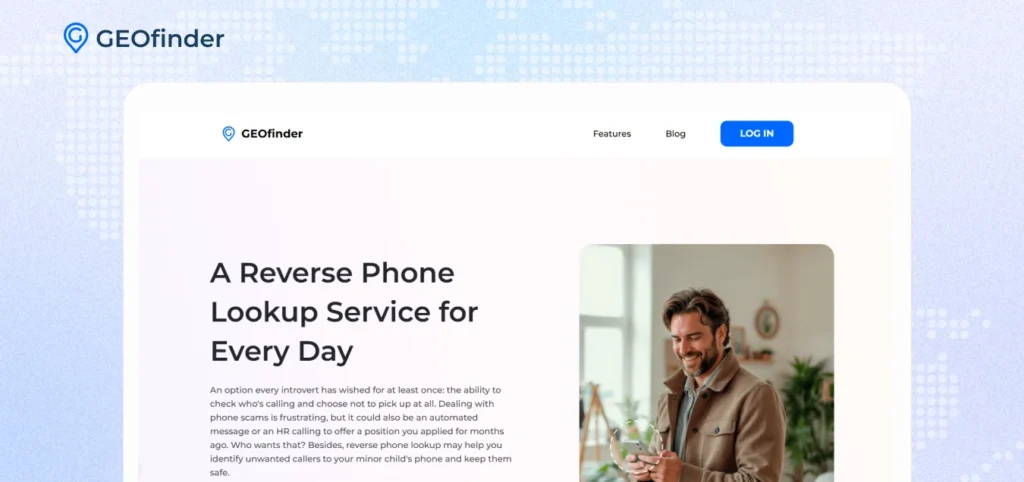
Well, how to do a reverse phone number lookup with GEOfinder? To use a Reverse Lookup Tool, simply follow the steps below:
- Input the phone number into the tool’s search bar.
- Get a 1-day trial.
- Wait a moment; the app will provide information about the owner, like their name and address.
Although this is a paid reverse lookup tool, users can start with GEOfinder almost for free, with a one-time payment that equals $1. It allows you to test the app for 1 day, and if you like its ease of use, start with a subscription purchase.
In addition to reverse phone lookup, GEOfinder also has the following features:
- Reverse username lookup
- Quick and anonymous location tracker
- Email hack checker
- “Find My Lost Phone” service
GEOfinder works anonymously without notifying a target person. So, if you regularly receive calls from a suspicious person, you can use this tool to get detailed info about their name, address, and real-time location with a 10-meter radius accuracy. It does not require installation and supports all phone models, operating systems, networks, and cell phone carriers. It means you can quickly identify unknown callers, protect yourself from potential scams, and regain control over your privacy
Legal and Privacy Concerns
The easiest way to find out who is calling is by simply asking them. If the caller is legitimate, they should have no problem telling you their name. However, suppose the caller refuses to say who they are or seems evasive. In that case, it’s best to hang up the phone and avoid further communication – it will help you protect yourself from a scam call or stressful communication you’d better avoid.
It’s important to remember that there are legal limits when identifying unknown callers. While you might be tempted to use a reverse phone lookup or other methods, not all these practices are legal. Contacting local law enforcement is the safest option if someone bothers or makes you uncomfortable. They will track down the caller and take the necessary steps to ensure your safety. However, when using tools like GEOfinder, you should not worry about any possible legal consequences, as the app operates online and works anonymously, ensuring you won’t risk your identity being revealed.
Conclusion
Now you know how to do a reverse phone number lookup. So, if you’re looking for a reliable and efficient way to find out who’s calling you, GEOfinder is your best option. Unlike many other phone reverse lookup tools, GEOfinder offers detailed and accurate results in real time. You can quickly access the name, address, location, and social media profiles linked to the number. What sets it apart is its affordability and ease of use. With a one-time payment, you can test the tool for a day before committing to a subscription. Moreover, GEOfinder respects your privacy by working anonymously without notifying the target, so you can feel safe using it.



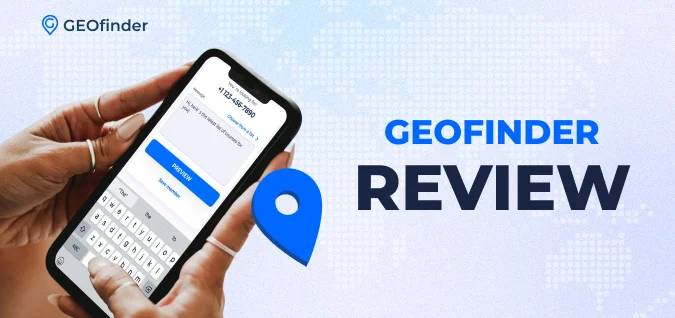

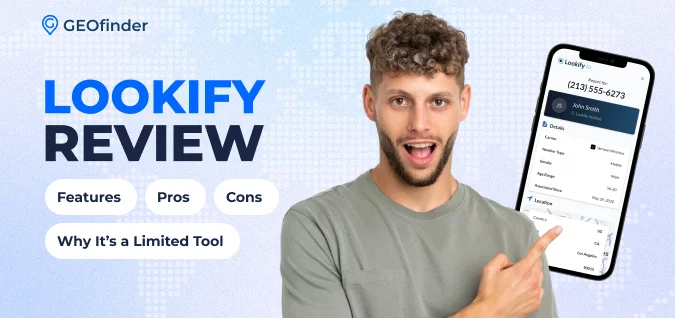
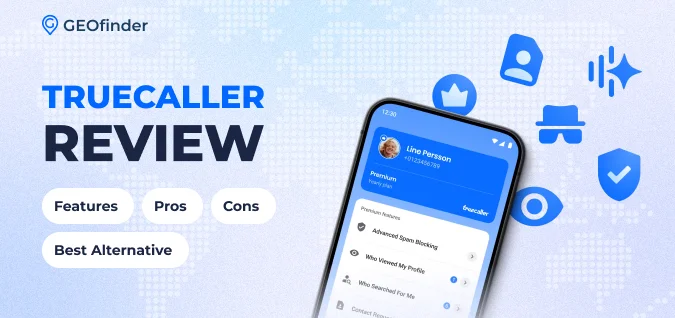
Comments